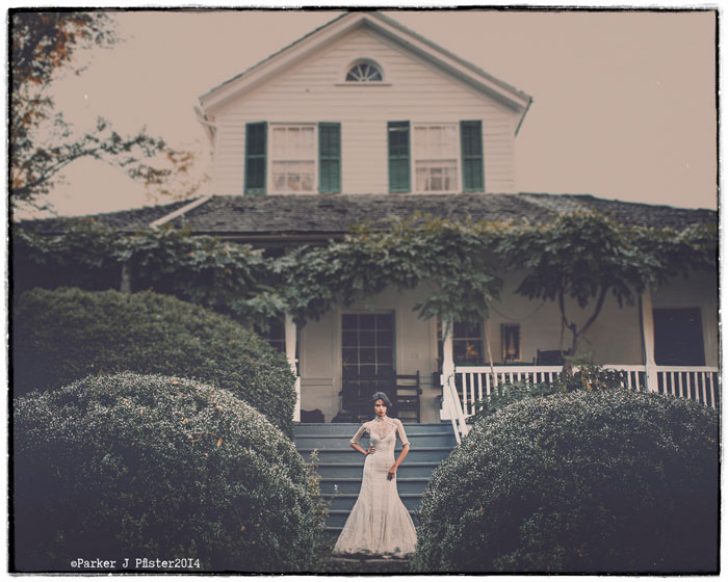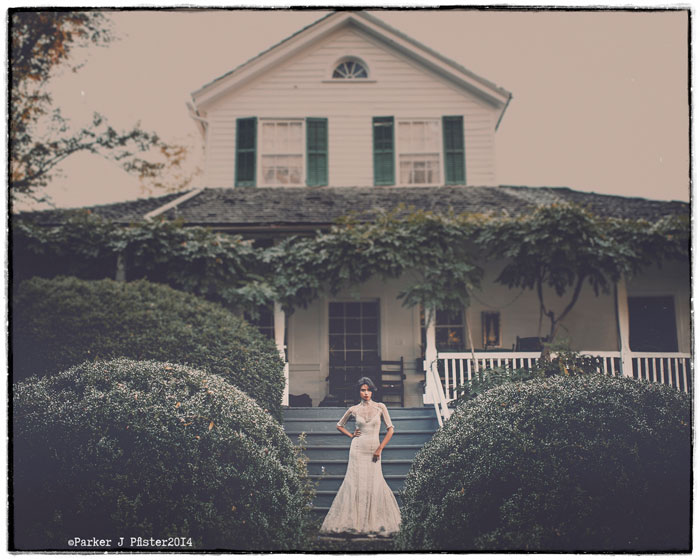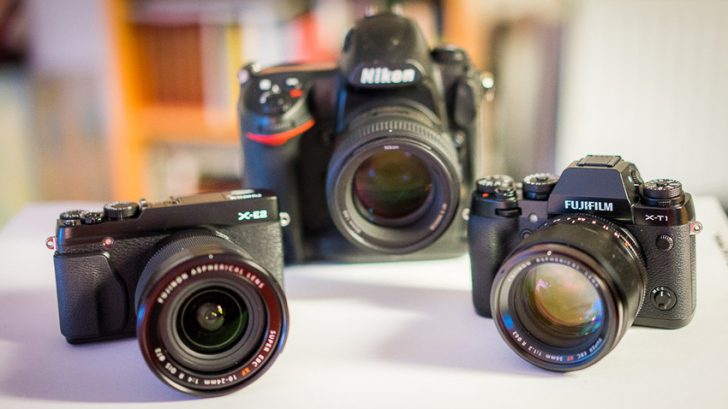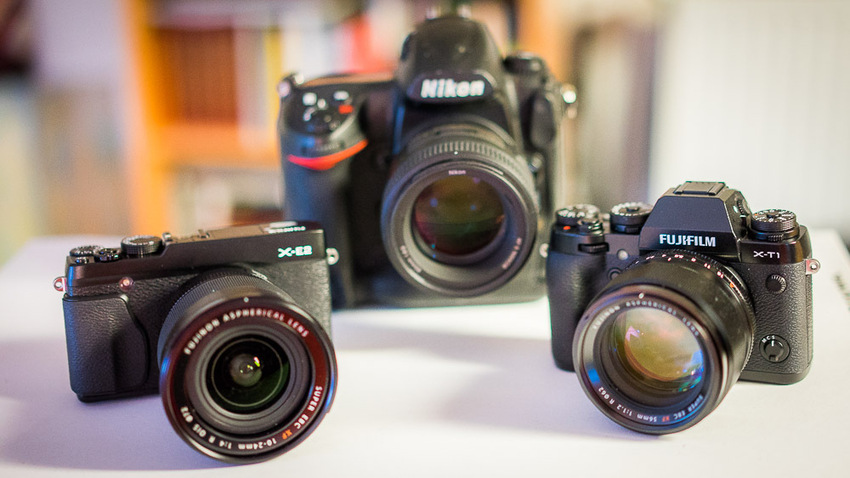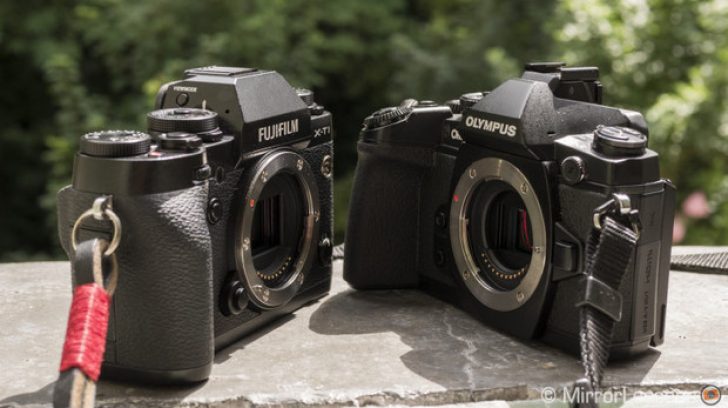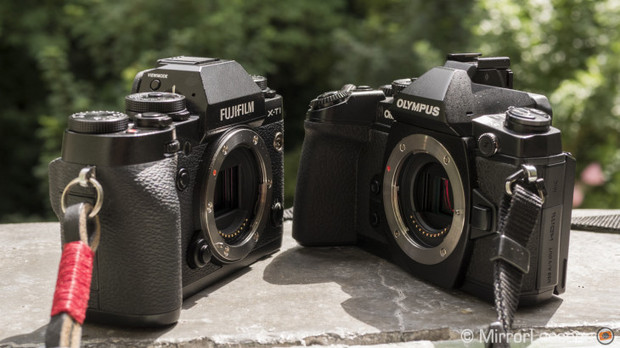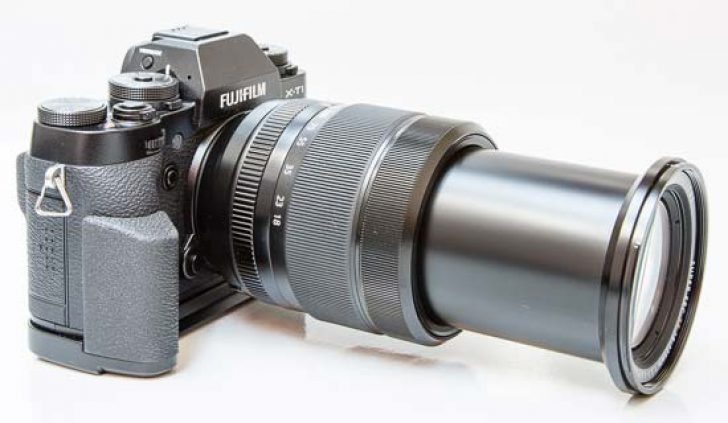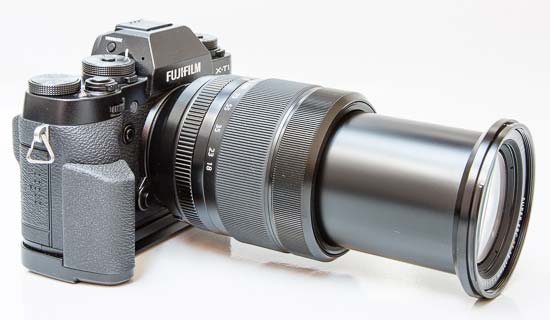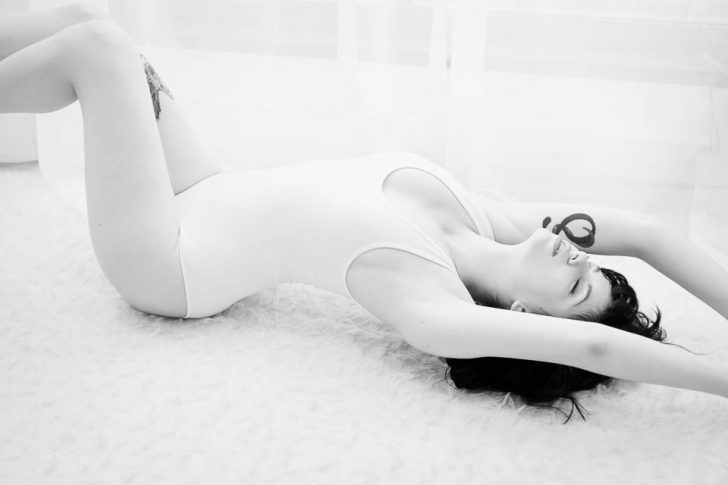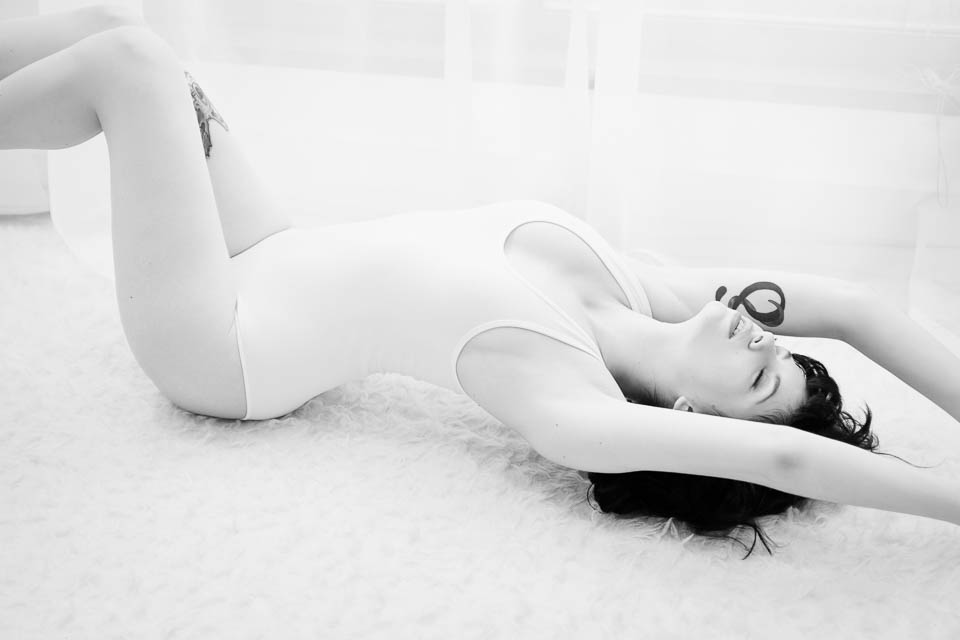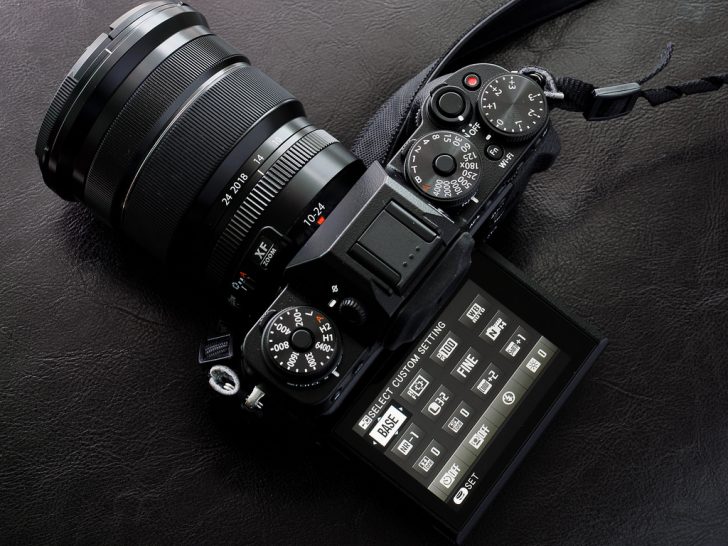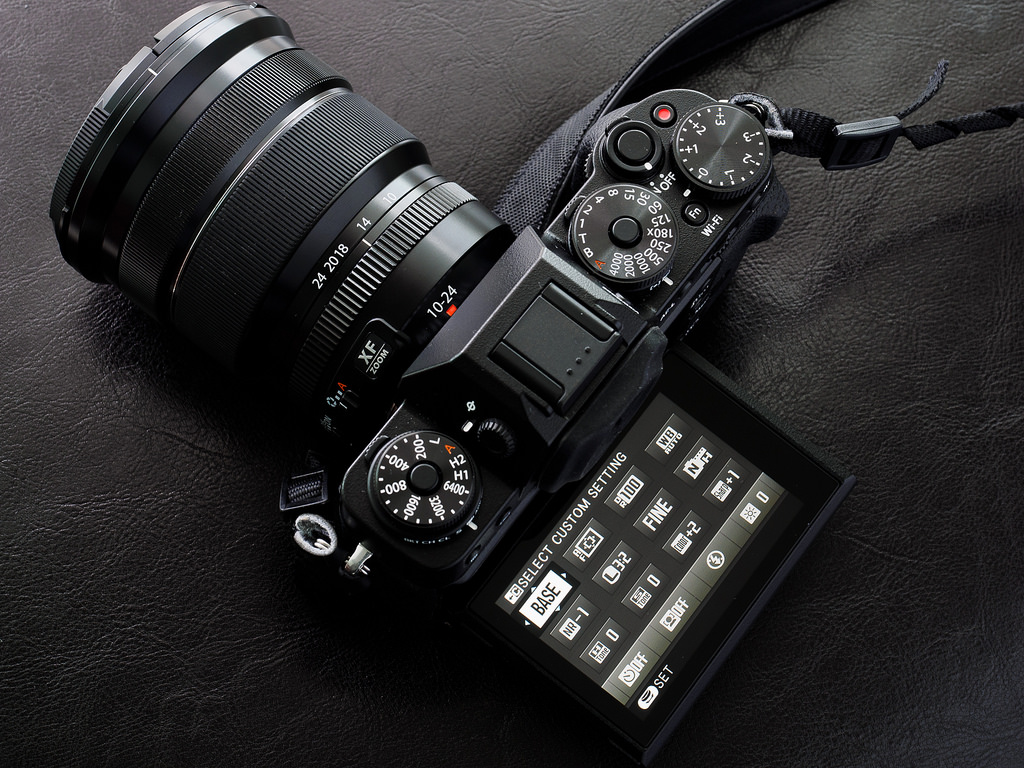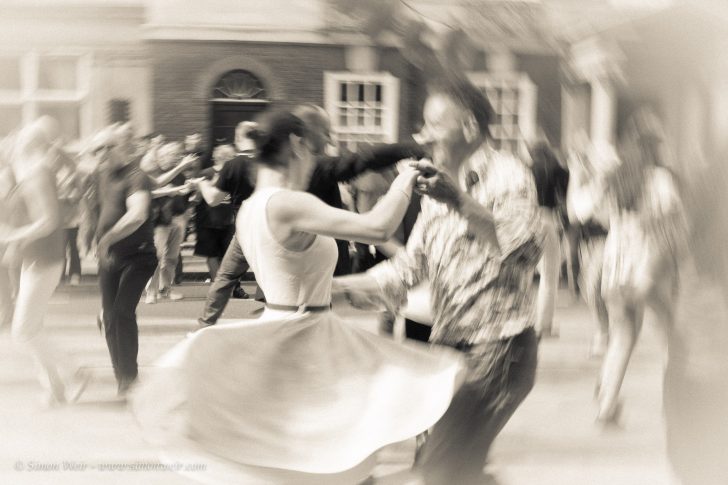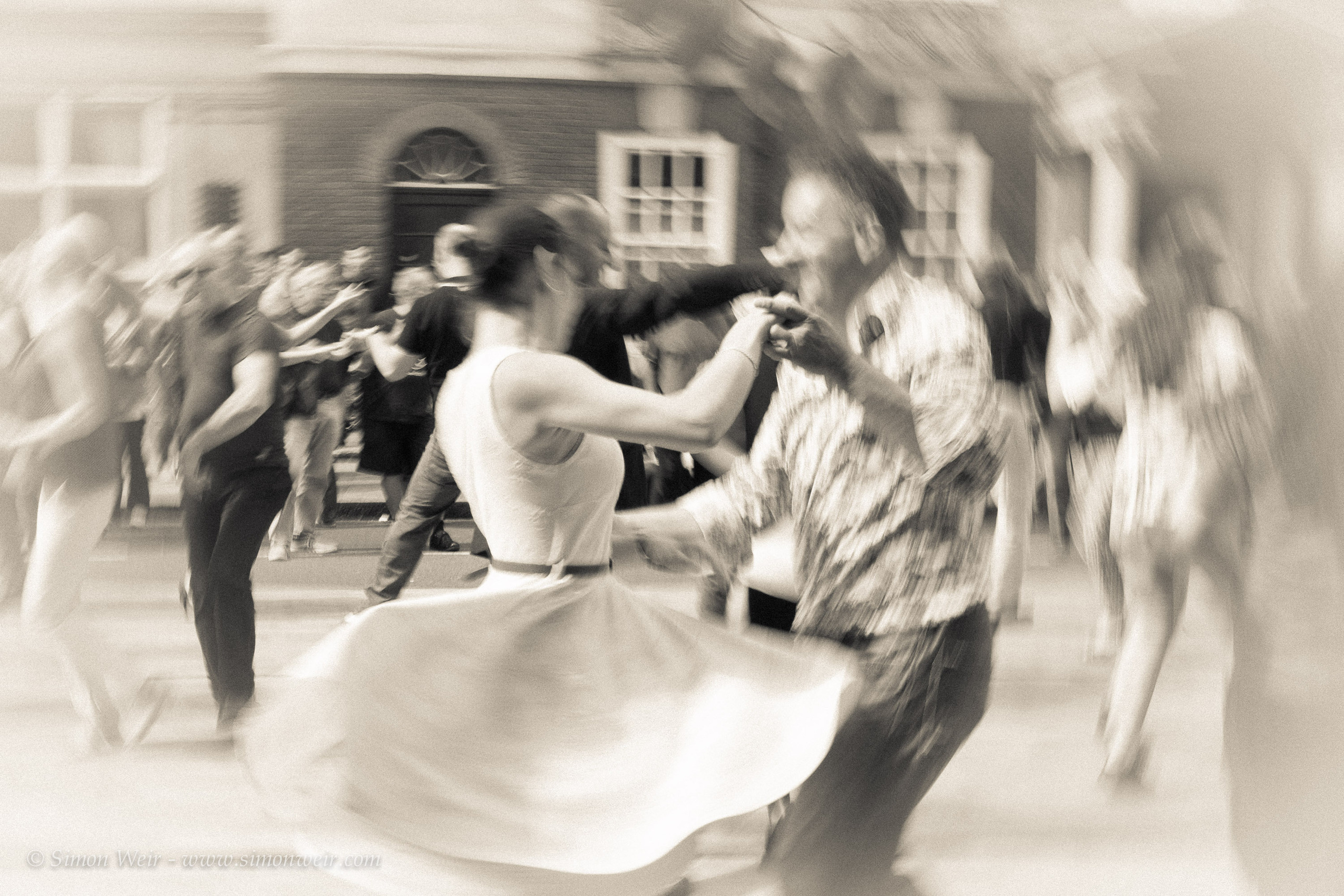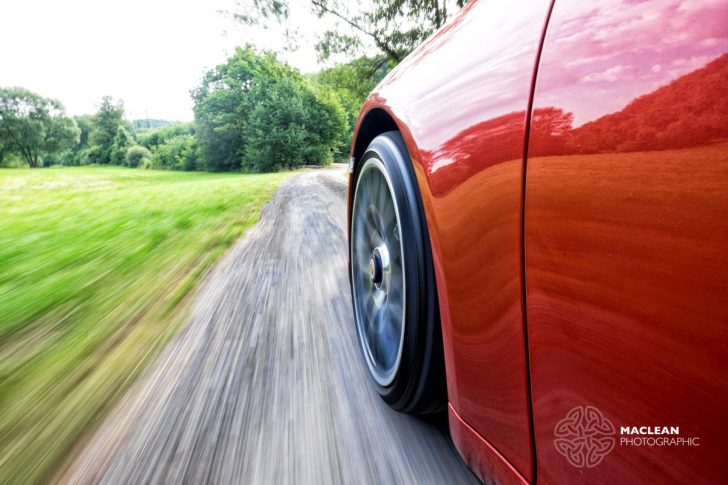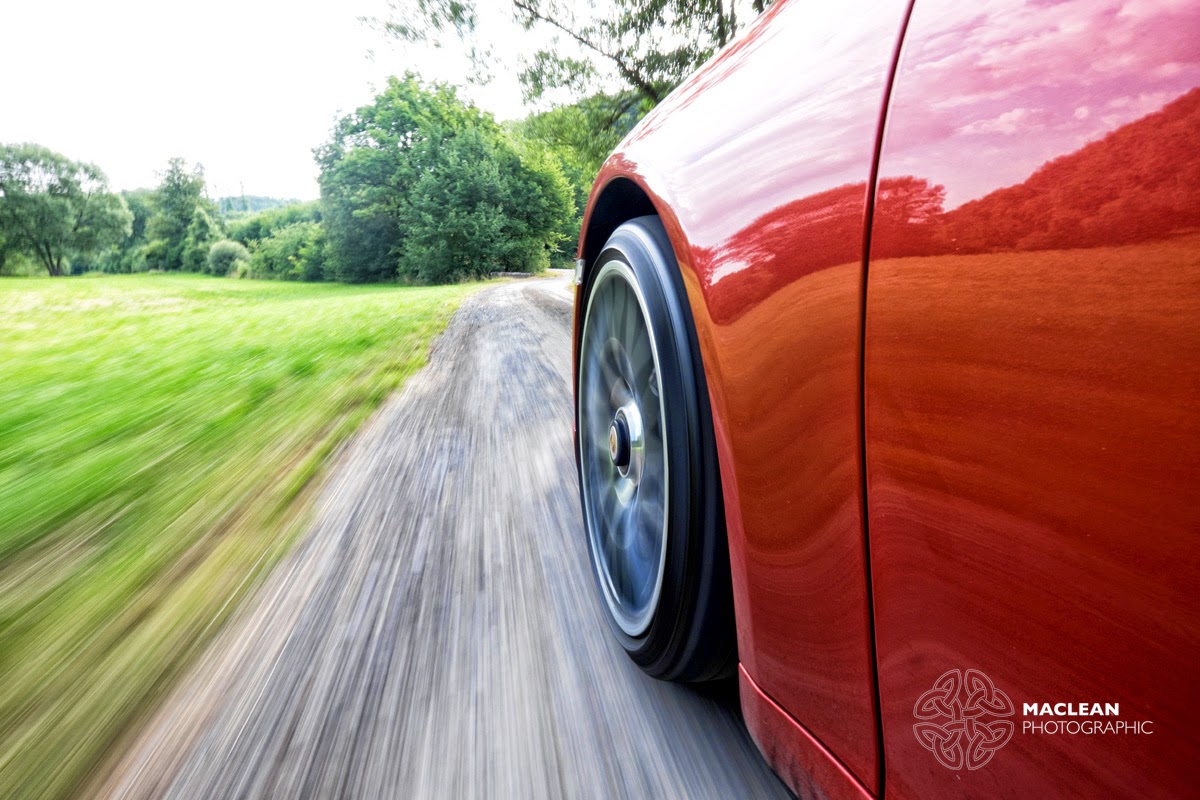Sechs Monate nach dem Wechsel von Nikon DSLR zu
Fuji Systemkamera | Jörg Langer
Ob es nun genau sechs Monate her ist kann ich Euch gar nicht sagen, es war auf jeden Fall Anfang 2014, dass ich den schon lange angepeilten Wechsel umgesetzt habe. Mir wurden meine bisherigen Kameras zu schwer und ich wollte leichter werden. (… wer jetzt blöd grinst ist dran!) Was war also passiert zu Beginn des Jahres? Nun, ich nahm meine schweren Nikons, die D800, die D3 und die D3s und habe sie zum Teil verkauft, getauscht oder in den Schrank gelegt und angefangen alle Jobs mit den spiegellosen Systemkameras aus dem Hause Sony und Fuji umzusetzen…….
Source: www.digitaler-augenblick.de
Olympus OM-D E-M1 vs. Fujifilm X-T1 –
A Game of Mirrorless Thrones | MirrorLessons
While Nikon and Canon are the only viable competitors for main throne of the digital photography world (at least for now), the battle for the mirrorless throne is much more fascinating. There are many kingdoms (a.k.a. brands) trying to triumph by creating new gear (sometimes too much) in a contentious territory (market). While we could argue about the presence of too many cameras today (and let’s face it, we don’t need all of them), this rise in competition that emerged a few years ago has also brought about some interesting changes. One of them is that mirrorless cameras now have a more serious role, attracting not only the amateur or the enthusiast but also the professional. Two of the most notable players in this game of mirrorless thrones are the Olympus OM-D E-M1 and the Fujifilm X-T1. The first comes from a company that greatly contributed to creating the mirrorless market in the first place. The E-M1 is the result of years of experience. The company created what is probably the first fully mature mirrorless camera aimed at both enthusiasts and professional photographers. The Fujifilm X-T1 is part of a younger system that has already shown tremendous potential. The X-T1 while not perfect is the most advanced X camera to date and proof that the Fuji X system could rapidly ascend the throne. If we put these two advanced cameras face to face, only an epic battle could come of it……..
Goodbye SLR, Hello LittleViewfinder: The Fujifilm X100s |
Shawn Clover
Well I’m not exactly getting rid of my SLRs and my army of lenses, but all that gear has been locked away for the past week. A little viewfinder camera has hit the market that scratches me right where I itch. Since the advent of digital cameras, I’ve been waiting and waiting for the killer small camera to hit the scene and that day has finally arrived. While the original Fujifilm X100 was off to a good start, it was plagued with a long list of shortcomings, and these weaknesses have been addressed in the new X100s. This baby is hands-down the best camera around for its size. I’m talking to you, Leica. The X100s is modeled after the beautiful classic 1954 Leica M3 rangefinder and does a great job recreating the retro look. She’s packed with many of the same classic dials and switches of yesteryear, but upon closer inspection, not everything what it appears. For one, the timer lever is really just a toggle to switch between optical and digital viewfinder while the timer functions are handled via digital display. But other controls like the shutter and aperture dials remain true to their functional origins, completing that nice analog feel. But despite the deceiving looks, the X100s really is an honest-to-goodness rangefinder thanks to the digital rangefinder focus option……..
Source: shawnclover.com
Fujifilm XF 18-135mm F3.5-5.6 R LM OIS WR Review |
PhotographyBLOG
Conclusion:
As the first weather-resistant lens for the XF system, the new Fujifilm XF 18-135mm F3.5-5.6 R LM OIS WR offers an appealing combination of versatile zoom range, good image quality, excellent construction and handling, and fair value for money. Centre sharpness is very good throughout the zoom range, only requiring the user to stop down by one f-stop the lens to get the best results. Edge sharpness proved to be a little disappointing at the 18mm setting, although it thankfully improves at the other focal lengths. The maximum apertures of f/3.5-5.6 are on the slow side, although the seven-blade iris diaphragm achieves some appealing bokeh effects none-the-less. Vignetting is practically a non-issue, and chromatic aberrations are only noticeable by their almost complete absence. There is some slight barreling at the 18mm wide-angle focal length, but very little pincushion distortion of note at the 135mm setting. The Fujifilm XF 18-135mm F3.5-5.6 R LM OIS WR benefits from a fairly fast and pleasingly quiet auto-focus mechanism, generously wide zoom ring and a welcome aperture ring which makes it quick, easy and precise to set this key element of exposure. The lens mount is, thankfully, made of metal and, thanks to an internal focusing (IF) system, the front element and filter thread does not rotate on focus, which is very good news for those using polarisers and ND grads on a regular basis…….
Source: www.photographyblog.com
Fuji TCL-X100 A new perspective for your Fuji x100s |
Faby and Carlo
The Fuji TCL-X100 is the new teleconverter for x100s (and x100 as well). It simply converts your x100s from a 35mm to a 50mm camera. I had read quite few reviews before deciding to buy one, in the end I love the documentary feeling of the 35mm. What triggered me to do it was flexibility. With the Fuji TCL-X100, you have one of the best cameras in two different versions.As you may already know, our reviews are never pixel perfect. I don’t know how much the Fuji TCL-X100 weights, or how big it is. And for what matters, I am not going to find out. What you will find out today is going to be how I felt with my Fuji x100s and the Fuji TCL-X100 on top of it, what I loved, what I disliked and the general outcomes of my first hours with it. Please remember that the x100s is my main camera. Currently I photograph 100% of my subject with it……
Source: photographers.fabyandcarlo.com
First Look at the Fuji XF 18-135mm Weather Sealed Lens |
Dan Bailey
Last month, Fujifilm introduced the brand new Weather Sealed XF 18-135mm f/3.5-5.6 OIS WR lens. It’s the first of their lenses to feature weather resistant construction, which is designed to keep out rain, dust, and water splashes when you’re shooting out in the environment. In other words, the outdoors. You know, when it’s not sunny. We all know that’s when the best pictures often happen. Designed as a companion lens for the weather sealed X-T1, it can be used on any interchangeable Fuji X camera body, like the X-Pro1, X-M1 and X-A1. (The 18-135 features 20 points of weather sealing on the lens barrel.) Since Alaska is not known for it’s exceptionally clear weather, especially in the summertime, I was excited to have the chance to try out a prototype version of this lens. During the past few weeks, I’ve shot a variety of landscapes and adventure with it on my trusty X-T1, and even rain into some rain and wet conditions, even a brief summer snow storm in the mountains……..
Source: danbaileyphoto.com
Review | The Fujifilm XT-1 | Leigh Miller
After a short rest I have finally got my user review of the Fujifilm XT-1 under-way. I apologize to all the people who have emailed me for my thoughts on the camera. It’s been a perfect storm…pardon the pun. Busy work schedule combined with the weird weather, the lighting hasn’t exactly been attractive for any shutter therapy. It’s clear skies for a day or two, quickly followed by haze and rain. I took it with me to The Bahamas where I figured I could take the weather variable out of the equation. Well If you live on the East Coast or the Caribbean you already know how well that plan turned out. Hurricane Arthur brushed across the region making everything dark and wet for a few days. The sun came out enough for a great time and some cool pictures…….
Source: leighmiller.zenfolio.com
Blurring the Lines – Twisting with the X-T1 | Simon Weir
Dance is one of the most brilliant and yet most difficult things to photograph well. It involves split second timing, precise technique and a deep understanding of your subject. So sometimes it is much better to throw away all the rules and try something completely new…! That is exactly what I did last month when I photographed dancers from Jive Nation at the Marylebone Summer Fayre in London. Right from the start I knew that I wasn’t going to be satisfied with conventional „sharp“ images – there were too many dancers in too small a space so it was impossible to isolate a subject. Instead I used a slow shutter speed technique of dragging the shutter by twisting the camera about the lens axis during the exposure. I first saw this demonstrated by Zack Arias at a GPP workshop last year and have been waiting for a good subject to try it out……
Source: fujixsystem.blogspot.de
Using the Manfrotto 241V and Fujifilm X-T1 on a Car Photo Shoot |
Jeff Carter
Source: macleancomms.blogspot.de

